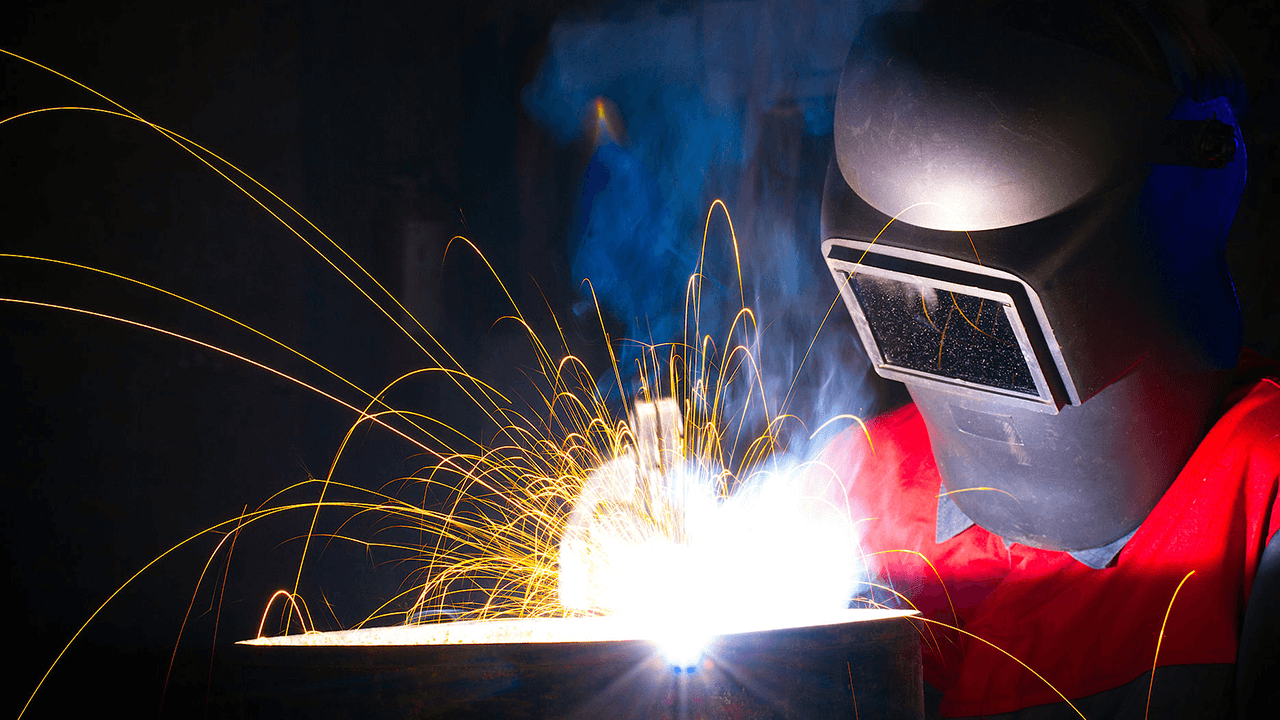|
In the past ten years, the construction of the iconic steel structure has achieved tremendous growth. Architects have been using the ability of steel to meet any architectural concept and configuration, and structural engineers have been able to design steel frames to meet the challenges. Engineers, manufacturers, installers and detailed designers have strengthened collaboration on the complex, multi-faceted connections required to design, manufacture and assemble these structures. In addition, the market requires more open space in its structure, thereby increasing the need to use giant shapes and thick plates to carry loads. The size of these structural members and the extensive use of welding to manufacture and connect them place increasing demands on materials and welding processes. This type of work poses many challenges not only for designers but also for manufacturers, erecting equipment, welders, inspectors, and non-destructive inspection (NDE) technicians who are committed to providing and ensuring safe structures. Heavy-duty steel structures are more prone to welding-related fractures, layered tears and brittle fractures. The need to build these structures at a faster speed and in a more economical manner is greater than ever before. These challenges should be viewed as opportunities to use new structural steel systems, higher quality steels, advanced and more effective welding processes, improved welding supervision and management, and new inspection and NDE technologies. To realize these opportunities requires not only knowledge and innovation, but also design and structural welding specifications that enable and solve these problems.
With the development of new equipment, consumables, processes and technology, welding will continue to develop. The steel structure will also continue to evolve with the development of new steel, structural systems, connection types, and manufacturing and installation methods. The synergy and expansion of these two disciplines will continue to use welded steel to create amazing structures. It will not be without challenges and problems, but we know from history that the industry will rise to overcome these challenges and solve any problems that arise. Seizing opportunities and meeting challenges will result in better, safer, faster and more cost-effective structures. Reference: fabtechexpo
Comments are closed.
|
Proudly powered by Weebly



